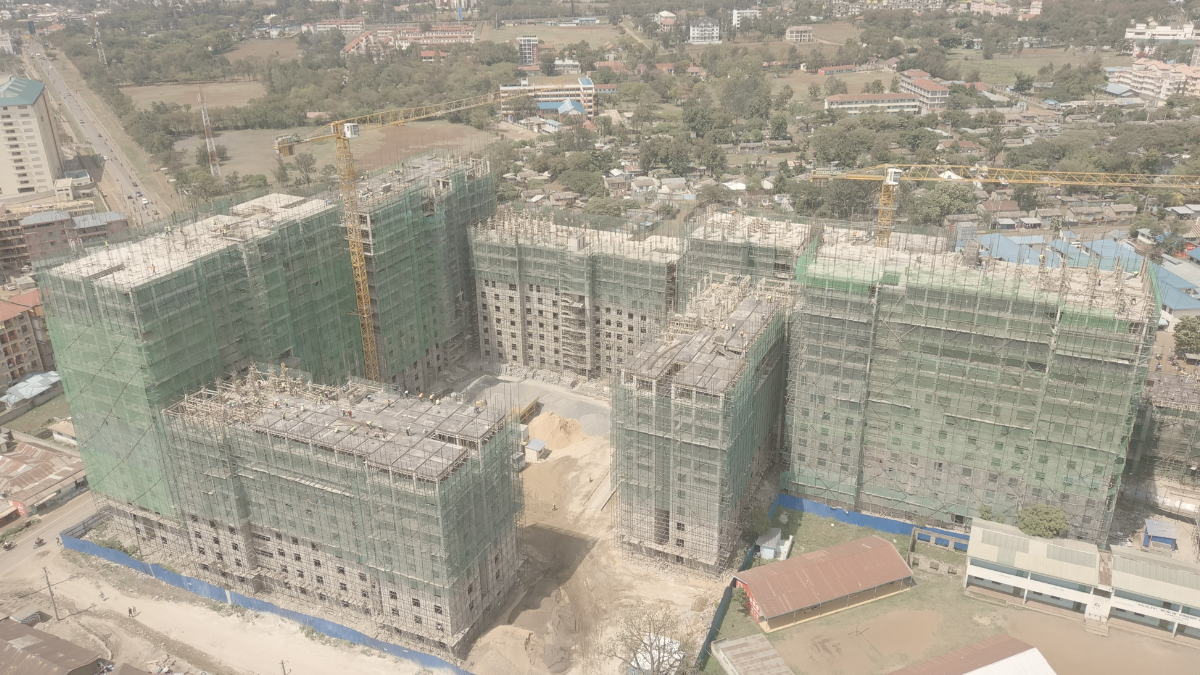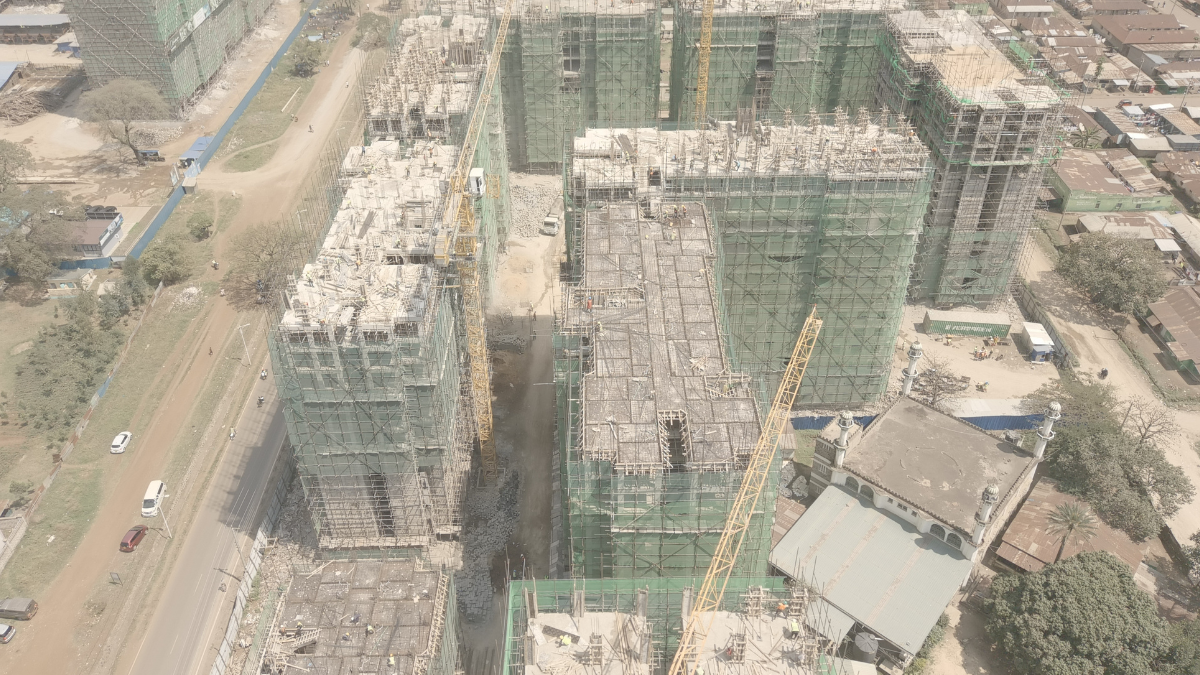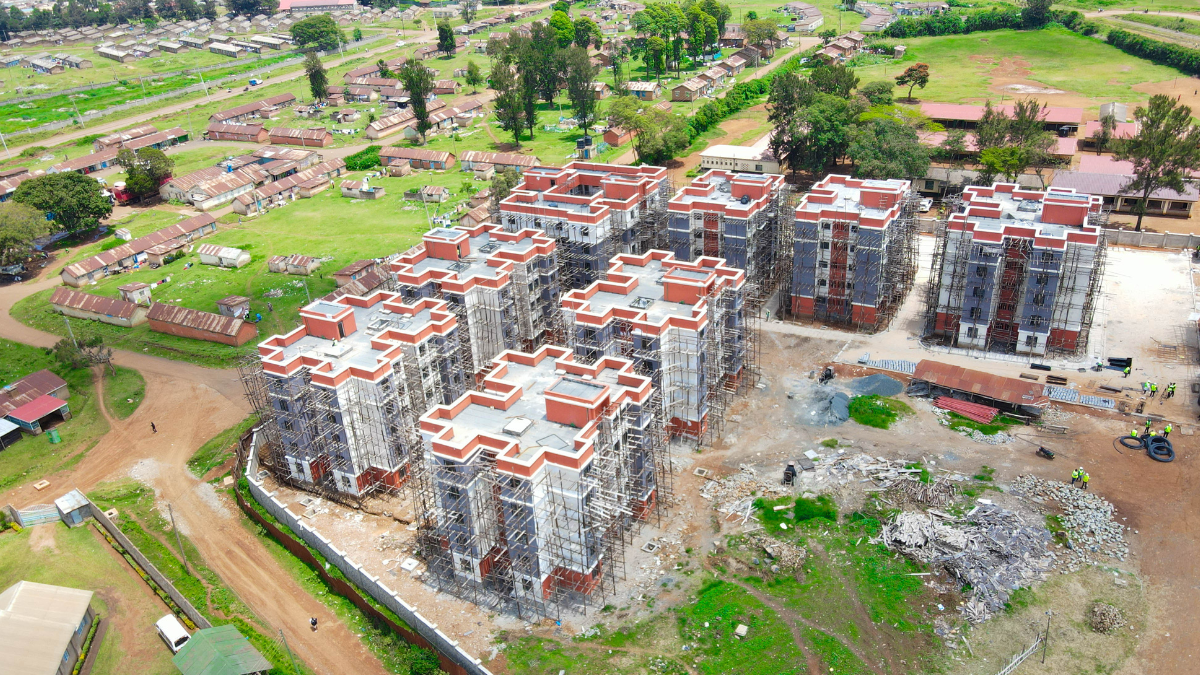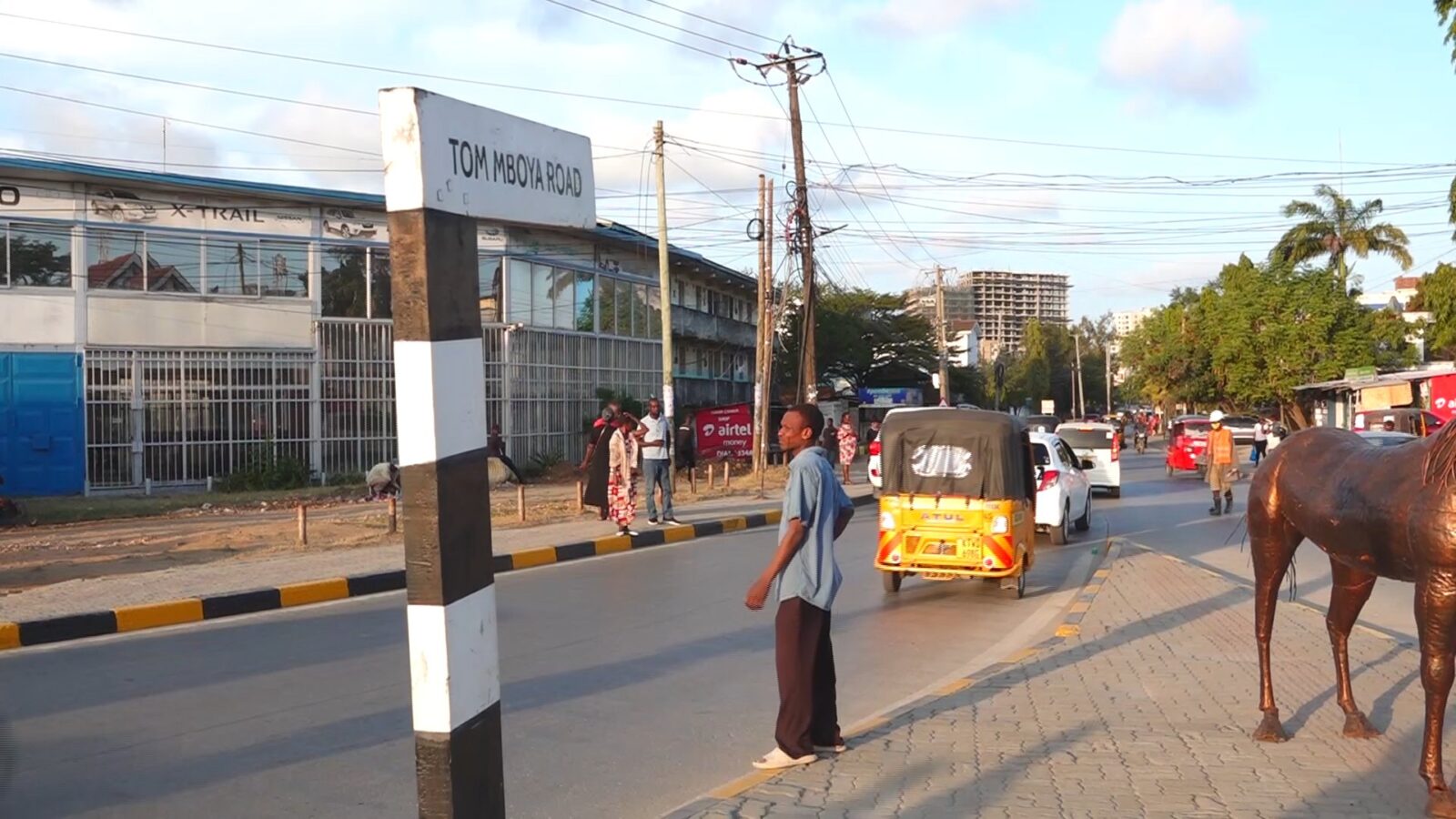Kenya’s Affordable Housing Program is rapidly taking shape, with projects in Eldoret, Vihiga, and Kisumu already transforming skylines.
Marketed as a game-changer in the country’s Vision 2030 and Big Four Agenda, the initiative promises to ease the housing deficit, create thousands of jobs, and breathe life into local economies.
But beyond the towering cranes and political sound bites, how much of a difference is the programme really making on the ground?
Building Homes, Building Jobs
The government’s target is ambitious: 250,000 new housing units every year. These units are meant to cater to different income groups, from social housing for low-income earners, to affordable and market-rate homes for middle-income families.
So far, the programme has been as much about jobs as it has been about housing.
Official data shows that more than 300,000 jobs have already been created directly and indirectly, cutting across masonry, welding, plumbing, electrical works, and carpentry.
For Kenya’s youth population, many of whom face high unemployment, this has provided both income and transferable skills.

In Eldoret’s Pioneer Affordable housing , the story is visible in steel and cement. A project here, with more than 2100 housing units ranging from studios to three-bedrooms, is almost complete.
More than 900 workers have been employed on-site. For them, it is not just about wages, it is also about learning practical skills they can use long after this project is done.
“This project gave me a chance to work as a mason and learn modern techniques,” said Herman Ochieng, a young worker at the site. “It’s temporary, but I can now seek jobs with confidence.”
Reviving Local Economies
Beyond the workers, the programme has triggered ripple effects in nearby communities. Small businesses that once struggled are now booming. From vegetable vendors to food kiosks, many are thriving thanks to the influx of construction workers who need daily meals and supplies.
Local manufacturers and artisans are also cashing in. The programme channels resources to Micro, Small & Medium Enterprises (MSMEs) and Jua Kali artisans through the supply of doors, windows, hinges, and other components. So far, Sh4.4 billion has been injected into the informal sector, giving small enterprises a much-needed boost.
According to engineers in Eldoret, this deliberate sourcing policy has reduced reliance on imports while strengthening local production chains.
Vihiga’s Project
In Vihiga County, the affordable housing site is nearing completion. Launched in 2023, it is already 88 percent done, with 220 modern units set to open soon. The site has created over 200 jobs, giving young people hands-on training in trades like plumbing, finishing, and electrical installation.
For residents, the project represents more than a physical transformation of the town. It has created hope that modern housing might soon be within reach, although many still question whether the final sale prices will truly be affordable for low-income families.
Kisumu’s Mega Development
Meanwhile, in Kisumu, the Lumumba estate is being rebuilt under a Sh5.7 billion affordable housing plan that promises 2,400 new units. The design is mixed-use: some units are social, others affordable, and the rest are market-rate.

On the ground, about 900 workers are employed daily. Yet the city’s leadership anticipates a much bigger impact, with new businesses, infrastructure, and economic activity expected once the estate is occupied.
“Affordable housing is not just about roofs over heads,” Samuel Onyango noted. “It can reshape urban economies. The risk, however, is if prices rise beyond the reach of the very people these houses were designed for.”
The Bigger Picture
As construction continues, the programme is revealing two sides. On one hand, it is creating jobs, supporting artisans, and stimulating local economies. On the other, critics caution that affordability remains uncertain, particularly for low-income earners.
For now, the numbers are impressive: hundreds of thousands of jobs, billions injected into MSMEs, and skylines changing in towns like Eldoret, Vihiga, and Kisumu.
Yet the ultimate test lies ahead, ensuring that when the keys are handed over, ordinary Kenyans can actually afford to move in.
Hope or Hype?
In Eldoret, Vihiga, and Kisumu, the affordable housing programme is proving to be more than just concrete walls.
It represents jobs, skills, and dignity for thousands. But for many, the question still lingers: will Kenya’s affordable housing remain true to its name, or will it turn into housing hype that locks out those who need it most?












